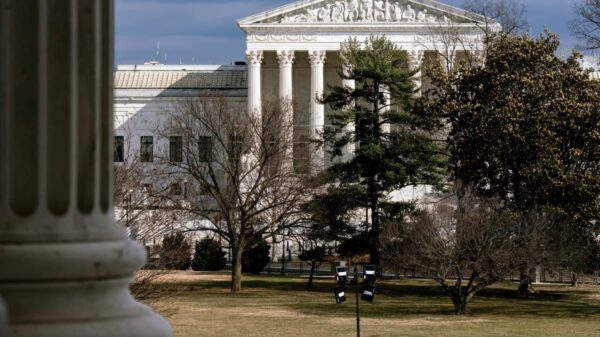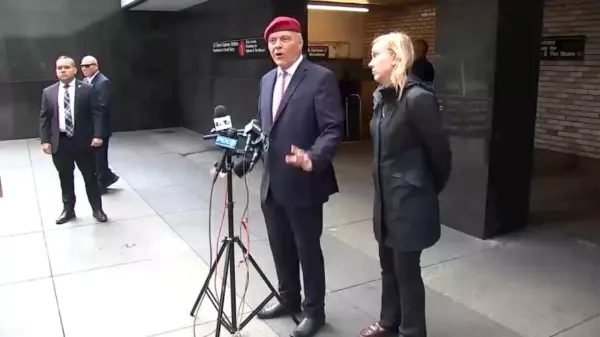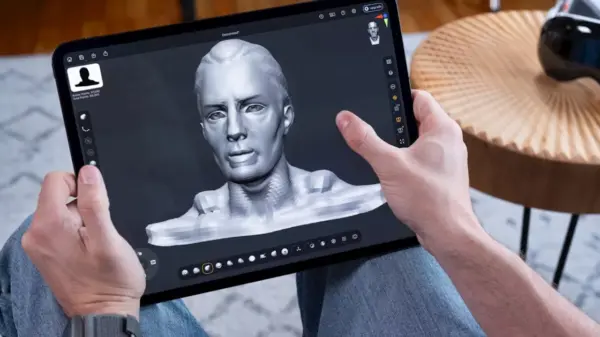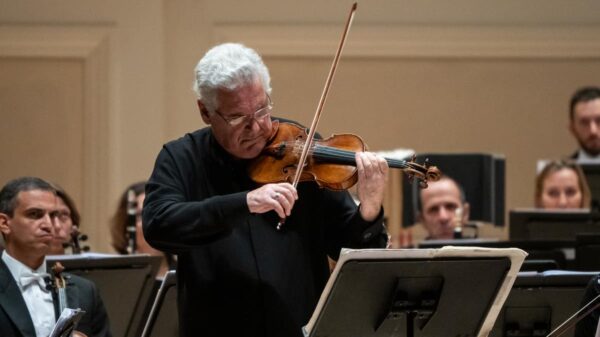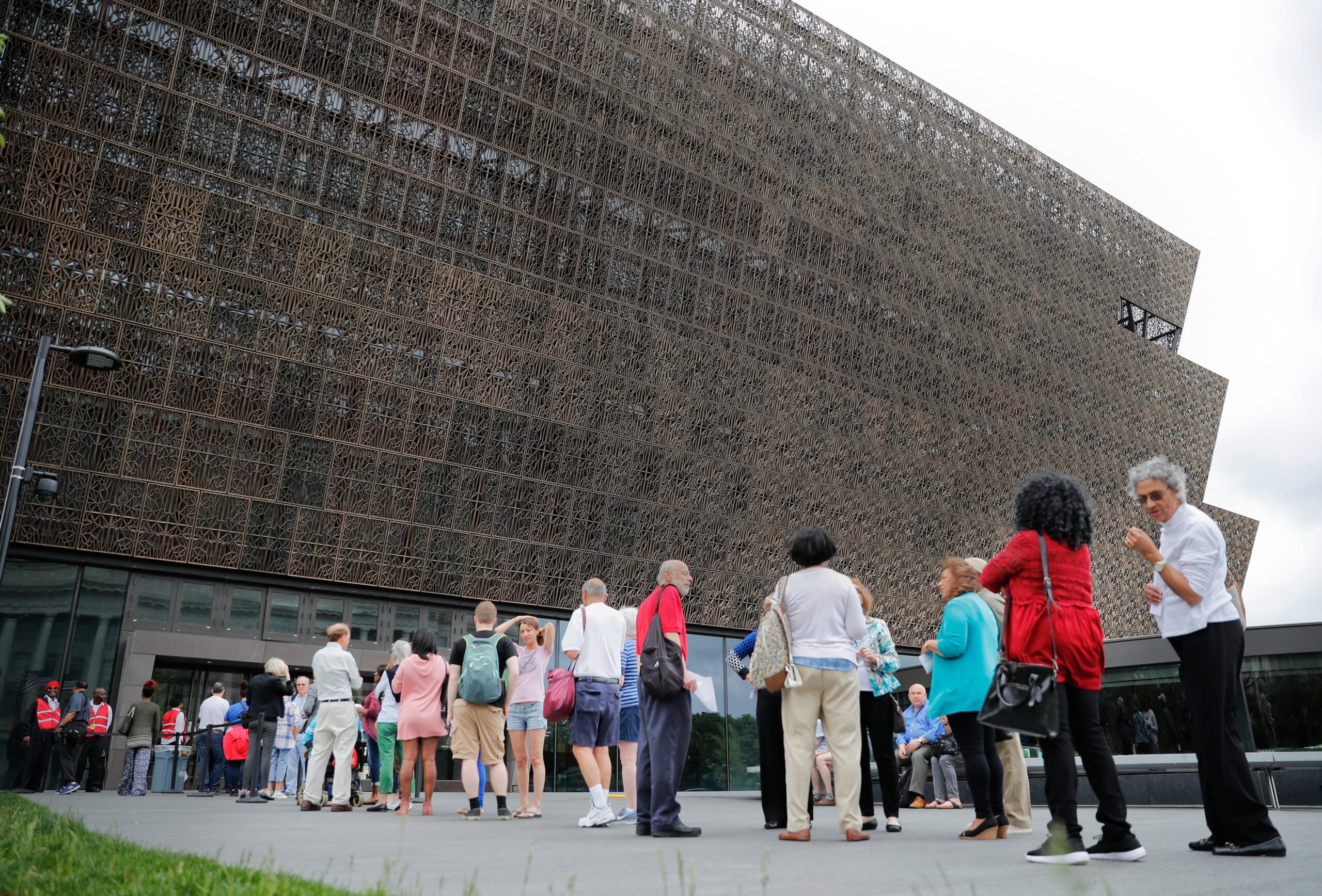UPDATE: In a bold move that could reshape American cultural institutions, Donald Trump has just announced a thorough review of the Smithsonian Institution, citing a perceived bias against American history. This review aims to address what Trump describes as an “imbalance in the historical narrative,” particularly concerning slavery and its portrayal in museums.
Trump’s statements come as he criticizes the Smithsonian for presenting an excessively negative view of the United States. In a post on his social media platform, he declared, “the Smithsonian is out of control,” emphasizing that current exhibits focus too heavily on the negative aspects of American history. He insisted, “museums should also highlight the achievements and advancements of the country.”
The Smithsonian, which manages over 20 museums in Washington D.C. and is a major tourist attraction with free admission, has yet to respond to these claims. However, sources indicate that an audit of the institution was already in the works as part of preparations for the 250th anniversary of U.S. independence in 2026.
Trump has instructed his legal team to initiate this review following a previous executive order that directed Vice President JD Vance and Interior Secretary Doug Burgum to eliminate what he calls “inappropriate ideology” from the Smithsonian. Reports reveal that their team has recently inspected exhibits at the National Museum of American History and the National Museum of African American History and Culture, documenting portrayals of slavery and civil rights.
The review will focus on eight key museums within the Smithsonian, including the National Museum of Natural History and the National Air and Space Museum. Trump’s administration has conveyed its intent in a letter to Lonnie Bunch, Secretary of the Smithsonian, insisting that exhibits must reflect “the unity, progress, and enduring values that define American history.”
This initiative arrives amid a larger cultural debate surrounding the portrayal of history in American institutions. Critics argue that Trump’s focus on “WOKE” culture aims to sanitize historical narratives, while supporters claim it seeks to promote a more balanced view of the nation’s past.
With such significant developments unfolding, the implications for the Smithsonian and its future exhibitions remain to be seen. Observers will be closely monitoring how this review will alter the institution’s content and approach to American history.
As this story develops, it raises critical questions: How will the Smithsonian respond? What changes will be implemented? Stay tuned for updates as we follow this urgent and impactful review process.




















